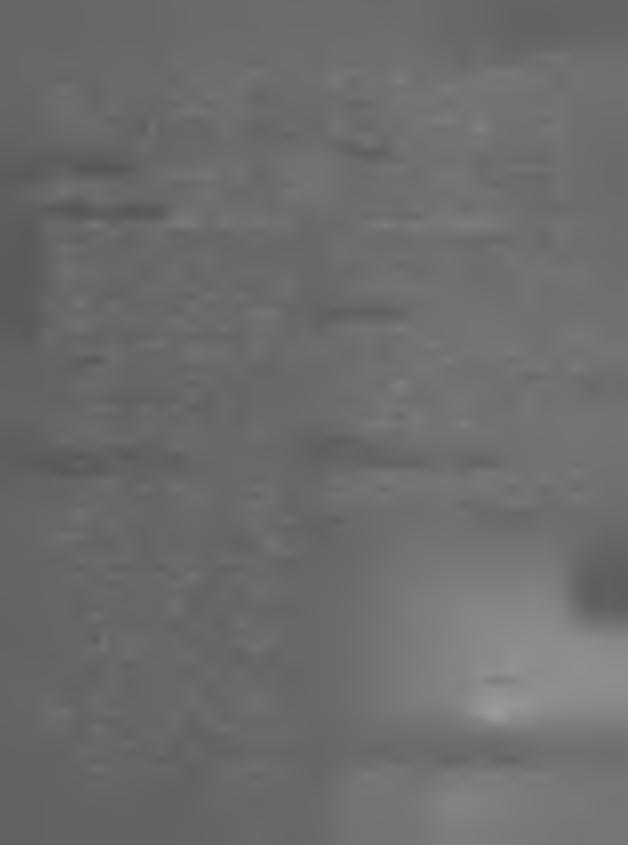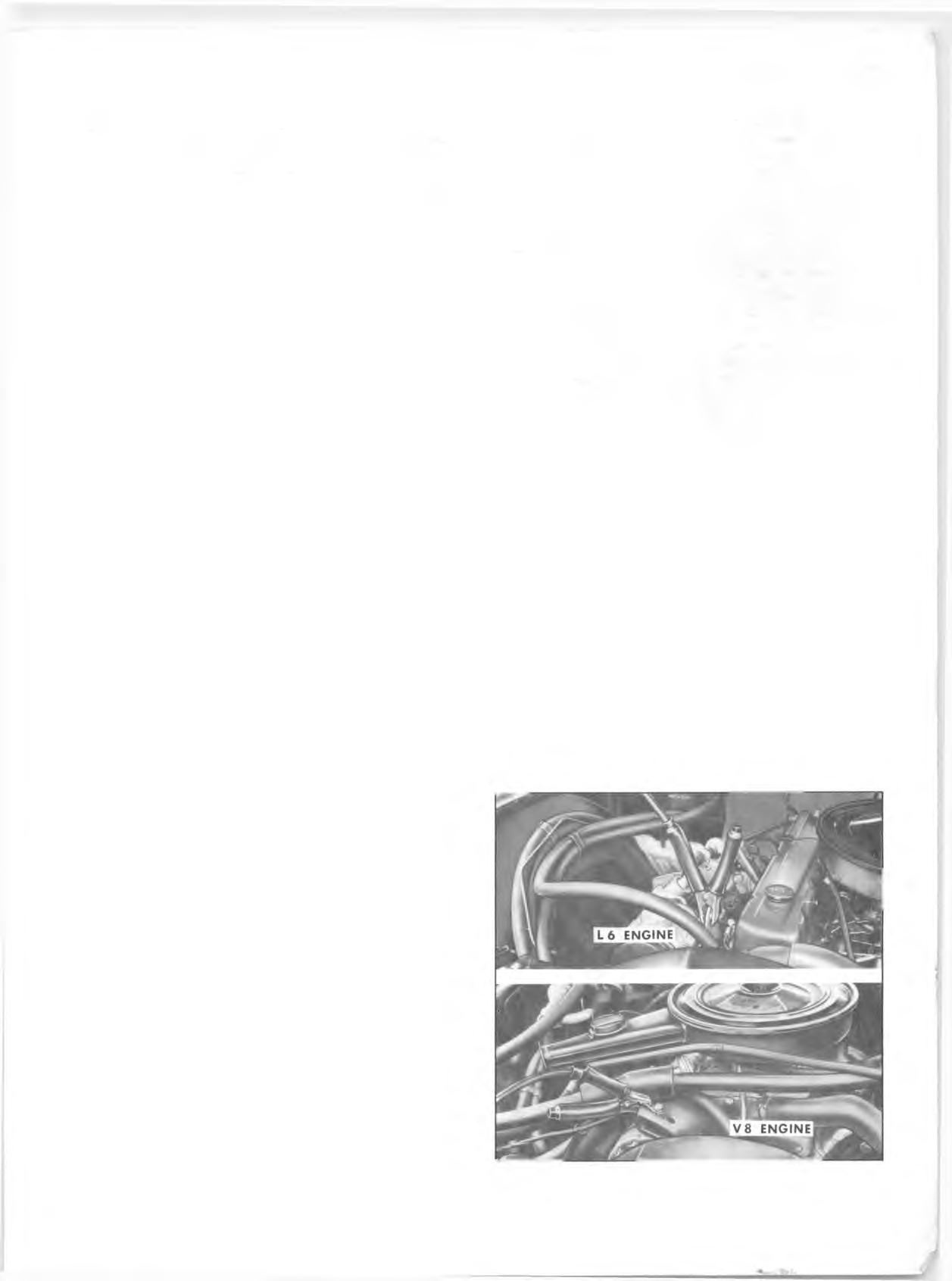
4 minute read
Tie Rod Ends 6,000 Miles C hassis Lubricant 4 places as required
it will be located on the inside of the glove box door, or, on Forw ard Control se rie s, it will be located on an inner body panel. The plate lists the vehicle se ria l number, wheelbase, and all Production options or Special Equipment on the vehicle when it was shipped from the factory including paint inform ation. ALWAYS REFER TO THIS INFORMATION WHEN ORDERING PARTS.
KEYS AND LOCKS
Two keys are provided with each vehicle. The keys operate the ignition switch and door locks.
EMERGENCY STARTING
• Never tow the vehicle to sta rt because the surge fo rw ard when the engine sta rts could cause a collision with the tow vehicle. • Engines in vehicles with automatic transm issions cannot be started by pushing the vehicle. • To s ta rt the vehicle when the E nergizer (battery) is discharged, use a single auxiliary battery or E nergizer of the sam e nominal voltage as the discharged battery, with suitable jum per cables. • Make connections as set forth below under "Jum p
Starting With Auxiliary (Booster) B attery” to lessen the chance of personal injury or property damage. C A U T IO N : Never expose battery to open flame or electric spark—battery action generates hydrogen gas which is flammable and explosive.
D on't allow battery fluid to contact skin, eyes, fabrics, or painted su rfaces—fluid is a sulfuric acid solution which could cause serious personal injury or property damage. W ear eye protection when working with b attery.

Jump Starting With Auxiliary (Booster) Battery
Both booster and discharged battery should be treated carefully when using jum per cables. Follow exactly the procedure outlined below, being careful not to cause sparks: 1. Set parking brake and place automatic transm ission in "PARK” (neutral for manual transm ission). Turn off lights, heater and other electrical loads. 2. Remove vent caps from both the booster and the discharged batteries. Lay a cloth over the open vent w ells of each battery. These two actions help reduce the explosion hazard always present in either battery when connecting "liv e ” booster b atteries to "dead” batteries. 3. Attach one end of one jum per cable to the positive term inal of the booster battery (identified by a red color, "+” or " P ” on the battery case, post or clamp) and the other end of sam e cable to positive term inal of discharged battery. Do NOT perm it vehicles to touch each other, as this could establish a ground connection and counteract the benefits of this procedure. 4. Attach one end of the rem aining negative (-) cable to the negative term inal (black color, " - ” or "N ” ) of the booster battery, and the other end to the engine lift bracket on 6 cylinder models and the delcotron mounting bracket on V-8 models (see
Figure 4) of your 1972 Chevrolet (do not connect directly to negative post of dead battery)—taking care that clamps from one cable do not touch the clamps on the other cable. Do not lean over the battery when making this connection.
Reverse this sequence exactly when removing the jum per cables. R e-install vent caps and throw cloths away as the cloths may have corrosive acid on them. CAU TIO N : Any procedure other than the above could result in: (1) personal injury caused by electrolyte squirting out the battery vents, (2) personal injury or property damage due to battery explosion, (3) damage to the charging system of the booster vehicle or of the im mobilized vehicle. Do not attem pt to jump sta rt a vehicle having a frozen battery because the battery may rupture or explode. If a frozen battery is suspected, examine all fill vents on the battery. If ice can be seen, or if the electrolyte fluid cannot be seen, do not attem pt to s ta rt with jum per cables as long as the battery rem ains frozen.
PUSH STARTING
If your truck is equipped with a manual 3-speed or 4 -speed transm ission, it can be started in an emergency by pushing. When being pushed to sta rt the engine, turn off all unnecessary electrical loads, turn ignition to "O N ,” depress the clutch pedal and place the shift lever in high gear. Release the clutch pedal when speed reaches 10 to 15 m iles per hour. Bumpers and other p a rts contacted by the pushing vehicle should be protected from damage during pushing. Never tow the truck to sta rt.
TOW ING All Except Four Wheel Drive Trucks
Normally your vehicle may be towed with all four wheels on the ground for distances up to 50 m iles at speeds of le ss than 35 MPH. The engine should be off and the transm ission in neutral.
Fig. 4—Booster Battery Cable Ground Connection





